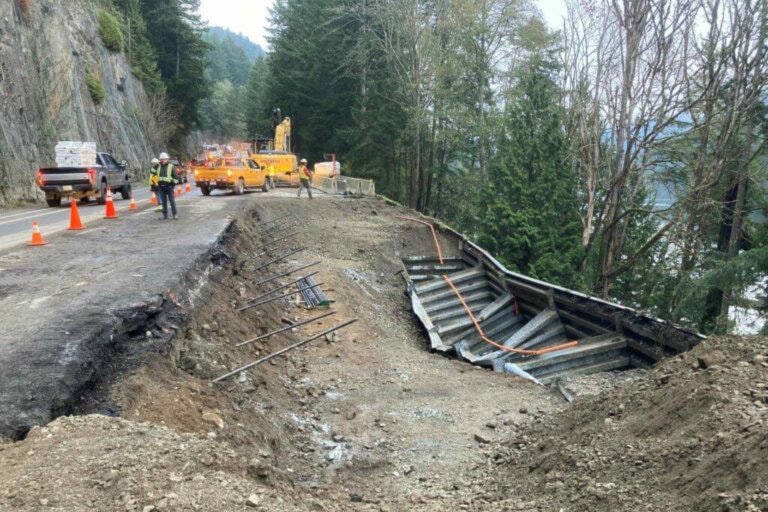To the editor,
There is a simple, cost-effective, and environmentally sound way to make travel past the Malahat more reliable. Upgrading the ferry docks at Mill Bay and Brentwood to allow full-size buses to load would allow 450 people to travel on one of B..C Ferries new Island-class electric ferries when the Malahat is closed. Six doubledecker buses can carry over 500 people.
Responses to climate-related travel disruptions must start with improving inter-community bus service, not moving more of the cars that are a big part of creating the climate crisis.
Eric Doherty, Victoria
READ ALSO: Malahat to reopen 24 hours a day
To the editor,
We have watched the ‘atmospheric river’ and its aftermath wreak havoc on our province. Heroic efforts of volunteers sandbagging in Abbotsford fended off floodwaters and B.C. Ferries redirected a vessel on Vancouver Island to restore a cargo link connecting Nanaimo and Victoria. It goes without saying the devastation has impacted every region of B.C. and it’s evident why our leaders declared a provincewide state of emergency.
Here on Vancouver Island, the Malahat, our primary link north and south, was severely damaged.
For years we have heard about the need for a secondary route. The Mill Bay ferry is one example but it can hardly sustain or replace the critical link of the Malahat. At the same time, every few years discussion over the E&N railway link reignites the idea of rehabilitating the line. These discussions seem to be separate, but with the current state of emergency and the mentions of climate emergency I can only wonder why the E&N railway isn’t considered a prime secondary connection for our Island?
Whenever the railway comes up the price tag is quickly used to dismiss its feasibility based on a ‘business case.’ If there ever was an example of the business case for that rail link, wouldn’t it be the provincewide devastation we see now? Shouldn’t the environmental benefits of refurbishing an existing railway during a climate crisis propel it to the front of the conversation?
Why don’t we reconsider rail on Vancouver Island? Maybe in the talk of restoring transportation infrastructure we can also add our neglected rail line to the conversation.
Caleb Zylstra, Nanaimo
READ ALSO: More reliable Vancouver Island highway options highlighted in latest flooding: traffic expert
The views and opinions expressed in this letter to the editor are those of the writer and do not reflect the views of Black Press or the Nanaimo News Bulletin.
Letters policy: Letters should be no longer than 250 words and will be edited. Preference is given to letters expressing an opinion on issues of local relevance or responding to items published in the News Bulletin. Include your address (it won’t be published) and a first name or two initials, and a surname. Unsigned letters will not be published.
Mail: Letters, Nanaimo News Bulletin, 777 Poplar St., Nanaimo, B.C. V9S 2H7
Fax: 250-753-0788
E-mail: editor@nanaimobulletin.com
